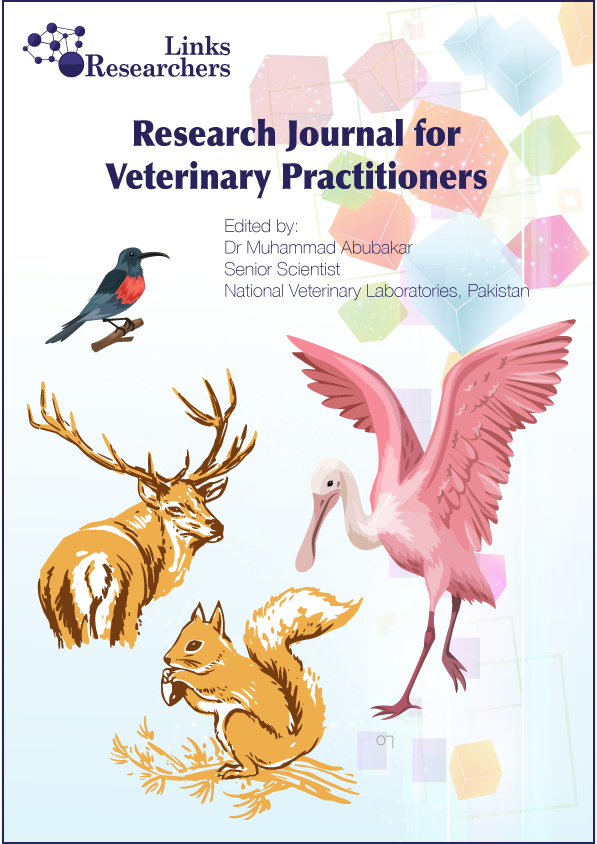The Confirmatory Diagnosis and Therapeutic Management of Canker in Pigeons
The Confirmatory Diagnosis and Therapeutic Management of Canker in Pigeons
Swagata Das Gupta1, Majharul Islam1, Towhida Kamal2,Md. Rayhan Faruque3,Md. Shohel Al Faruk4*
ABSTRACT
Trichomonas gallinae is a protozoan parasite that causes the avian trichomonias is disease known as “canker,” which primarily affects the esophagus and upper digestive tract in pigeons.A common case of pigeon cankers was diagnosed in two pigeons 40 days of age who came to S.A. Quaderi Teaching Veterinary Hospital, Chattogram Veterinary and Animal Sciences University (CVASU).Clinical history indicated that the birds were taking both food and water from the same source, clinical investigations showed greenish diarrhea, and post-mortem studies revealed hepatomegaly, congested heart, and proventriculus, and found nodules in the crop wall as tentative diagnoses. Tropozoid was identified through microscopic examination by direct wet smear and giemsa staining. The cankers were treated orally with metronidazole at a dose of 20 mg/kg body weight, and the farmer was also advised on the hygienic management of his farm. After careful treatment, all the clinically affected pigeons get cured within three days.
To share on other social networks, click on any share button. What are these?





